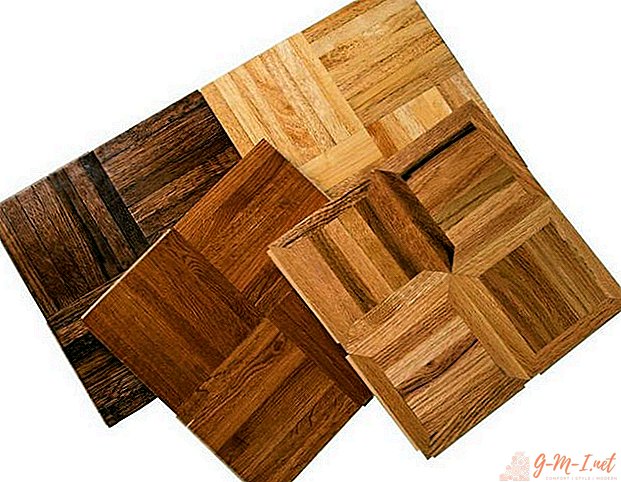 Parquet board - a coating created from wood. The structure of the parquet is multi-layered. The layers are glued together, and on top of the board they are coated with oil or varnish to protect against moisture (wooden material often spoils from water).
Parquet board - a coating created from wood. The structure of the parquet is multi-layered. The layers are glued together, and on top of the board they are coated with oil or varnish to protect against moisture (wooden material often spoils from water).
What is the thickness of the parquet
Parquet - flooring made of wooden material. Most often consists of several layers. Thickness affects the amount of sanding that can be done on boards (sanding means repair work). The average thickness of the outer layer of the parquet is from 0.3 to 0.6 cm. The thickness of the core is always greater (average - 1 cm), and is made of small coniferous lamellas or fiberboards. The bottom layer is always the thinnest (about 0.2 cm). It is made of spruce plywood. The thickness of this layer affects the stability and rigidity of the coating.
Attention! In today's market you can find parquet, with a thickness of 0.5 to 3 cm. You can make thinner or thicker designs to order.
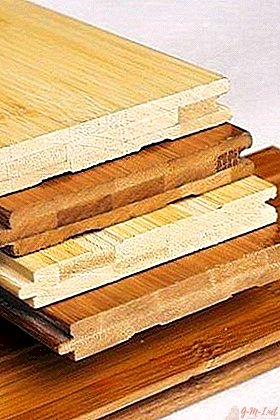
Parquet layers
Boards are made of three layers:
- Lower. Make from pine, fir-tree or birch species. This layer performs the following functions: moisture protection, balance and stability of the coating.
- Average. Made from coniferous wood. Also responsible for balance and stability. But the main function is the expansion of parquet at high temperature. Small gaps are left in this layer.
- The outer layer. Made from the most valuable varieties of wood. Functions: wear protection, practical appearance and the number of polishings that can be carried out.
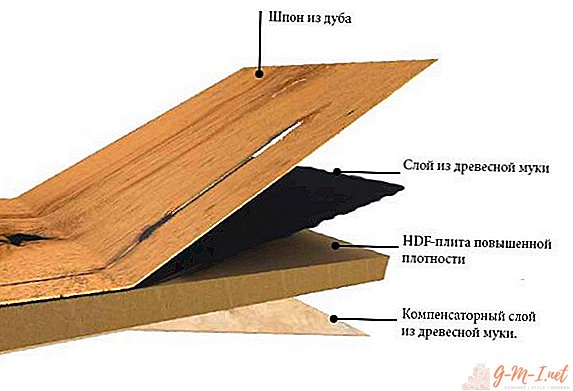
Parquet thickness for different rooms
Depending on this indicator, a parquet board can be used for the following rooms:
- Public places or old houses. Here you need parquet with a thickness of more than 2 cm. The thickness of the outer layer is from 4 to 6 mm. Such parquet boards are rarely used and are suitable for country cottages and cottages. Also, the material will be an excellent choice if the house is old, and the load on the floor is very large. It is not considered affordable, since finding it on the market is not easy.
- For the kitchen, corridor, living room, office and places with a large load on the floor, a parquet board with a thickness of 1.8 to 2 cm is suitable. The thickness of the outer layer is less than 0.6 cm. The material can withstand several polishes. Therefore, it is considered durable, and its service life is longer than the following two. It is easy to find in the market, but the price is quite high.
- For ordinary living quarters (bedrooms, rooms, bathrooms and other places where the floor load is small), 1.2 - 1.7 cm in thickness is more suitable. Such material is considered the most popular on the market, because it has an ideal ratio of quality and price. The outer layer is 0.4 cm. It can withstand no more than three polishes.
- Another option is suitable for rooms where it is not recommended to make the floor high for any reason. Here we stop at the thinnest version of the parquet - from 0.6 to 1.1 cm. The front layer is not more than 0.3 cm. This type of coating is also suitable if temporary material is needed (full replacement is planned in the future). Not able to withstand grinding. Not in great demand, therefore, it is more difficult to find two previous options on the market. But the cheapest.
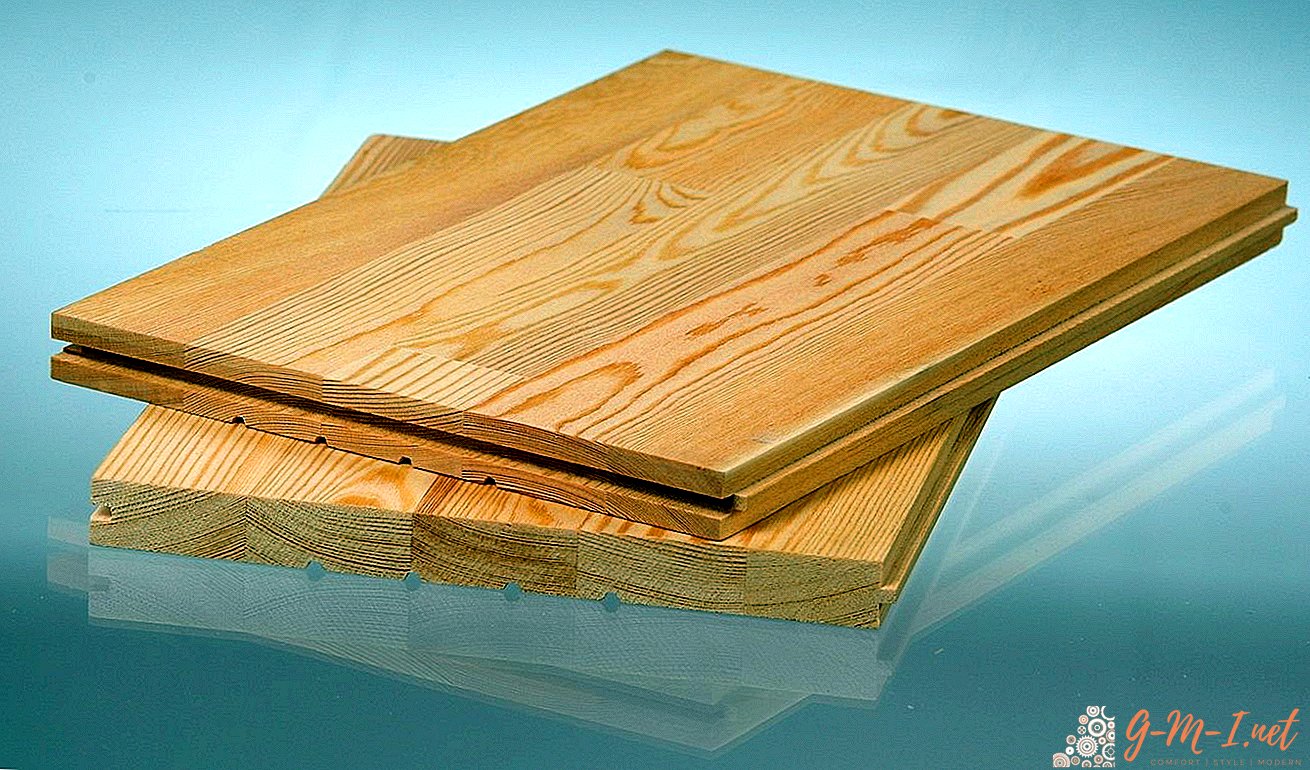
How does the thickness of the parquet affect the quality
Thickness is a very important parameter on which the choice of product depends. Thick material has advantages when compared with thin:
- The thicker and harder the coating, the longer the service life.
- Thin material often creaks or makes an unpleasant sound when a person moves.
- Thin designs are not repairable. Thick ones can be repaired.
Reference! The only drawback is the price. Such parquet requires more material, and more time to create. Therefore, it costs more.
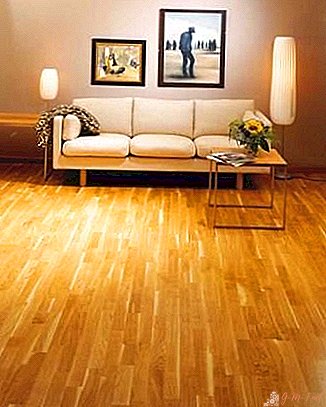
But there are times when you should stop at a subtle form. It is chosen if:
- The room has a curved shape.
- The height from floor to ceiling is not too large, and thick parquet can cause inconvenience.
- Temporary flooring is required. In the future, planned repair or relocation.
- The elasticity of the boards is important (thin are more elastic than thick).
- The flooring is made of poor quality.
- Limited budget. Thin flooring is much cheaper than thick.
The length and width of the boards will depend on the characteristics of the room and the requirements of the person. Large boards are more suitable for large rooms that are often used. Thin is for small and rarely used. The best option is a board with a thickness of 1.4 to 1.7 centimeters.

Leave Your Comment